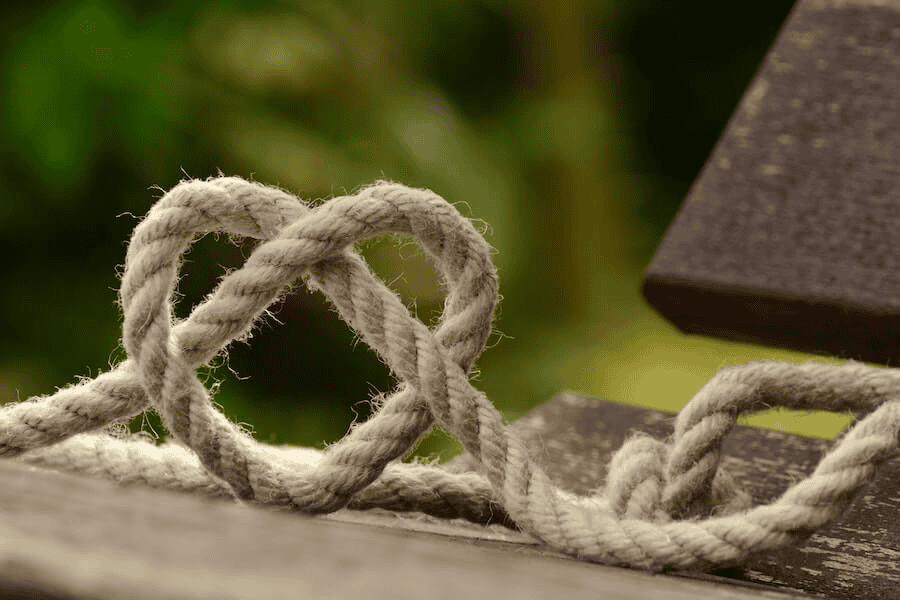
Source: Pexels
Natural braided rope was already widely used in Asia before 4000 BC. Paracord, also known by the names 550 paracord and parachute cord, is a type of nylon kernmantle rope. The strength and versatility of commercial-grade parachute cords make them useful for a variety of applications and activities, from survival situations to outdoor adventures.
Since there are several types of ropes out there, one might wonder if there are better ropes than paracord. In this article, we’ll attempt to answer that question and more.
Exploring Paracord: History, Features, and Applications
Before we delve into that question, we think it would be beneficial on your part if you had a good overview of paracord.
History and Meaning of the Parachute Cord

Source: Pexels
Paracord is short for “parachute cord.” It got that name because of its role during WWII.
The early version of paracord is a USA-made nylon cord that has a core consisting of several strands or threads that are protected by a woven outer sheath. Depending on the type and manufacturer, the paracord used by the U.S. military during this time usually had a minimum breaking strength of 550 pounds (around 249 kilograms).
This breaking strength rating allowed mil spec paracord to withstand heavy-duty applications. The US military originally used paracord in the suspension lines of parachutes. After American paratroopers land, they cut these cords and use them for different purposes in the field. Later on, paracord became a staple part of military supplies that are regularly shipped to soldiers deployed overseas.
Distinctive Features of Paracord
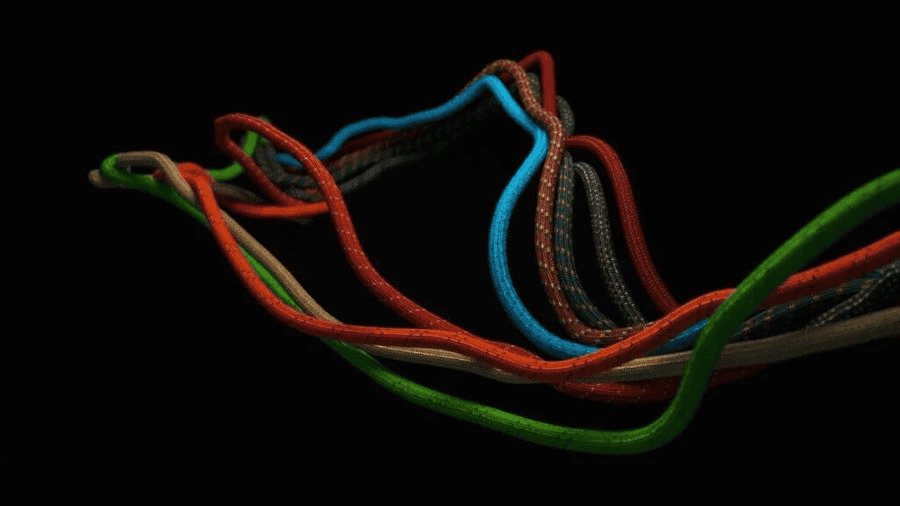
Source: iStock
Paracord possesses a range of distinctive features that make it widely used in camping, crafting, emergency services, military operations, outdoor activities, and tasks in daily life. Here are a few of its distinctive characteristics:
Flexibility
One of the major strengths of paracord is its multi-purpose nature, thanks to its different colors, strengths, and patterns. There’s reflective paracord, glow-in-the-dark paracord, 550 paracord, paracord that meets military specifications, and nano paracord, to name a few. People often use it for outdoor recreational activities, survival situations, and creative projects (e.g., crafting and bracelets).
Core Construction
One of the unique features of kernmantle ropes like paracord is the construction of their core. Their core consists of several strands that you can remove to use as dental floss, fishing lines, or emergency suture threads.
Exceptional Tensile Strength
While it’s not as strong as mil spec paracord, commercial paracord can still perform many heavy-duty applications and hold static weights ranging from 95 to 1,000 plus pounds. Several factors contribute to its exceptional strength, such as core strands, diameter, length, material used, presence of knots, wetness, and weaving pattern.
Compact and Lightweight
The weight of paracord depends on its type and length. For instance, Type IV (750 cord) weighs around 0.097 ounces per foot, or 9.7 ounces per 100 feet. But overall, paracord is lightweight and compact. This makes it a great addition to ultralight backpacks, emergency kits, or other activities where portability is important.
Many Uses of Paracord Braided Rope
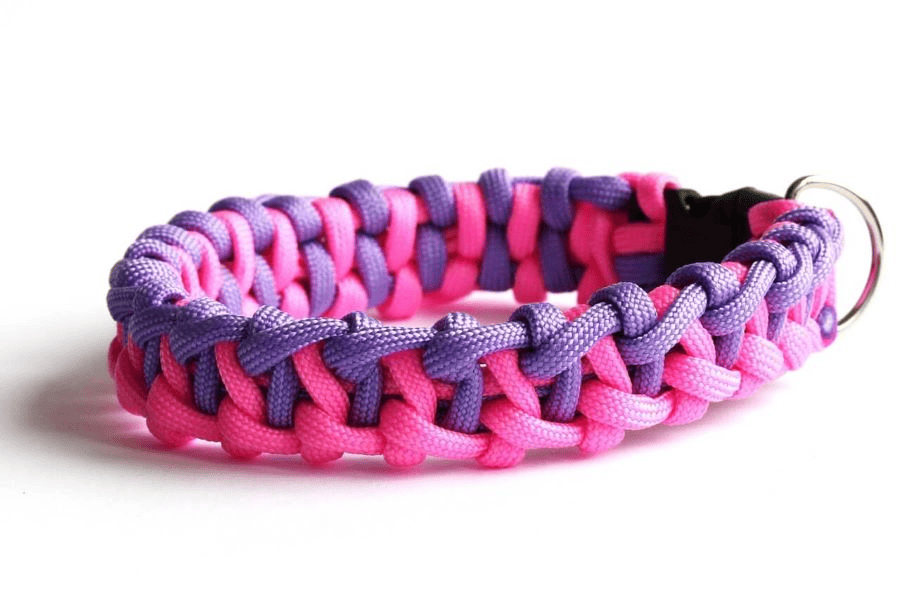
Source: Pexels
Here are a few ways you can use paracord in different situations:
- Clotheslines
- Drawstrings or zipper pulls
- Emergency sutures
- Fishing lines
- Lanyards
- Thread for sewing
- Ropes for securing tents, improvised shelters, and hammocks
- Securing equipment and gear
- Shoelaces
- Snares
- Splints
- Pet accessories (e.g., collars and leashes)
- Tactical bracelets
- Tourniquets
The Limitations of Paracord
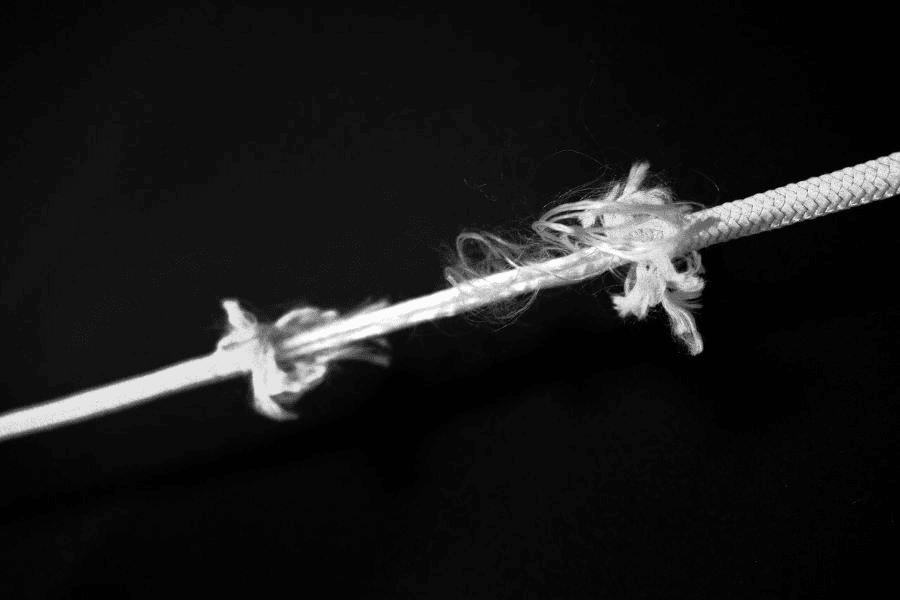
Source: Pixabay
While paracord is strong and versatile, it does have its limitations. It’s important to consider these potential drawbacks to help you decide whether it’s worth offering to your customers.
Here are some limitations of paracord:
Heat Resistant up to an Extent
Paracord, specifically the nylon-based varieties, can melt if exposed to excessive amounts of heat or open flames. Nylon paracord has a melting point ranging from around 374°F to 509°F (190°C to 265°C). In most cases, nylon-based paracord will start to weaken at a temperature below its melting point.
Limited Load-Bearing Capacity
While most paracord variations are reliable and strong for their size and weight, they might not be able to match the tensile strength of rigging and industrial ropes. Type III paracord (550 paracord, the most common one) has a static load capacity of up to 550 pounds. Meanwhile, high-quality synthetic fiber ropes, such as those made of Spectra, have a tensile strength ranging from 2,900 to 165,000 pounds.
Limited Choices for Fiber Material
Most types of paracord are usually made of nylon or polyester. While these synthetic materials are durable and strong, some of your customers might prefer cords made from natural fibers. Ropes made from natural fibers are usually more resistant to higher temperatures and shrinkage. Examples of common natural fibers used in the production of ropes are cotton, jute, manila, and sisal.
Potential Rope Alternatives to Paracord
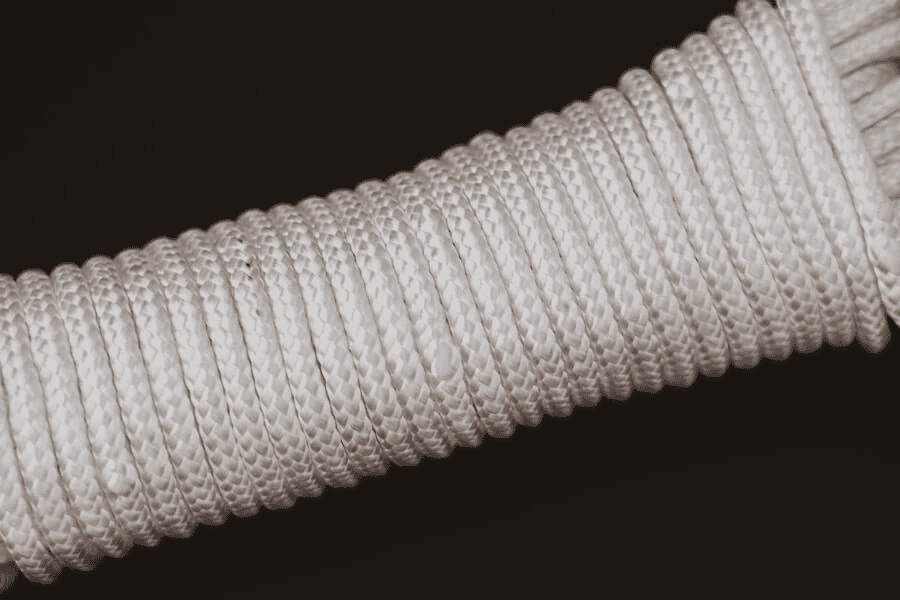
Source: Pexels
There are several types of ropes that are good alternatives to paracord. Each of these ropes has its own unique features and suitability for different applications. Here are some of them:
1. Cotton Ropes
Cotton ropes are relatively light, flexible, and sturdy. They’re usually used for aerial acrobatics, climbing, craft projects, and pet toys. However, compared to synthetic ropes, they’re less durable and more susceptible to degradation.
2. Polypropylene Ropes
Polypropylene ropes have several advantages over other types of rope. They’re highly resistant to abrasions, acids, mildew, and UV rays. Since they’re lightweight, they can easily float in water. This is the reason they’re frequently used for water-related activities.
3. Nylon Ropes
In terms of material, nylon ropes and paracord are similar. However, nylon ropes usually have a higher tensile strength and better resistance to UV rays, chemical exposure, and mildew.
4. Technora Ropes
Techno ropes are made from high-grade aramid fibers. Compared to Kevlar ropes, they’re less susceptible to damage. Weight for weight, they’re a lot stronger than fiberglass, nylon, polyester, and steel. You’ll find these ropes being used in rescue operations, specialized climbing, and industrial applications.
5. Polyester Ropes
Compared to paracord, polyester ropes remain strong when wet and have a higher melting point. They have little to no stretch, making them more suitable for applications that require minimal extension. They’re also frequently used in industrial and marine settings.
6. Dynamic Climbing Ropes
Like the name suggests, dynamic climbing ropes are designed for rock climbing and mountaineering. They’re meant to be stretchable (with an elongation of up to 40%) in order to absorb the impact of climbing falls, which in turn protects climbers.
These are just some of the possible alternatives to paracord. This isn’t to say paracord isn’t worth considering. When choosing a rope to add to your product inventory, it’s important to understand the specific needs of your customers and global market demands.
Baiyuheng Outdoors: Paracord Manufacturer with Great Customer Service
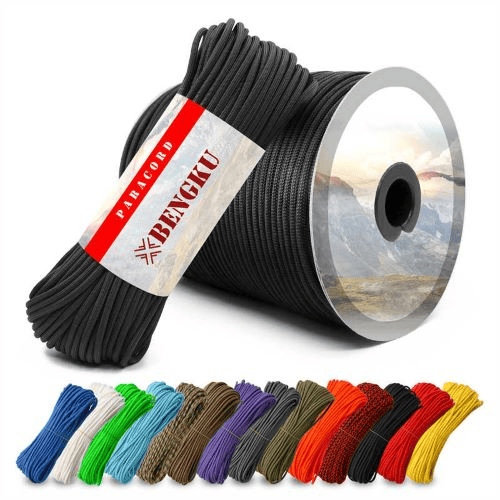
Source: Baiyuheng Outdoors
So, can you make money selling paracord? Definitely! However, this depends on several factors. One major consideration is the paracord manufacturer.
There are many local and overseas paracord manufacturers out there, but finding the right one can be challenging for some new business owners. If you’re one of them, there are different ways you can look for manufacturers of paracord products, such as:
- Physical wholesale stores of outdoor and army-related equipment
- B2B e-commerce websites (e.g., Alibaba and Shopify)
- Recommendations from trusted sources
Now, if you’re looking for paracord manufacturers based in China, we’d like to introduce Baiyuheng Outdoors.
Company Introduction
Since 2010, Baiyuheng Outdoors has been supplying businesses all over the world with high-quality outdoor and survival equipment. They started out selling paracord before expanding their product line to include backpacks, fire starters, ropes, navigation devices, portable cooking devices, and many more.
Their production facility is located in Jiangmen City, Guangdong Province, in southern China. If you live outside China, you can contact them anytime. Their multilingual and friendly sales staff is always available to answer your questions and guide you through the buying process.
Best Product
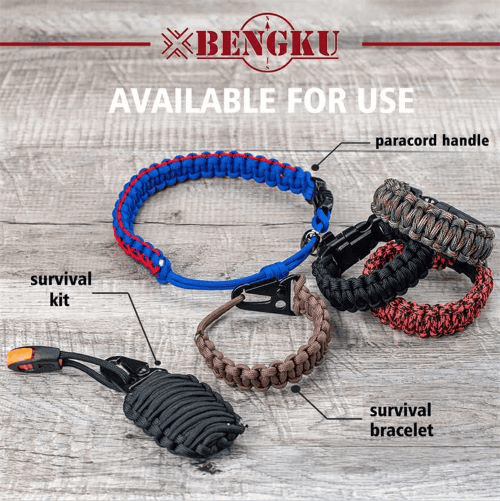
Source: Baiyuheng Outdoors
One of the best products from Baiyuheng Outdoors is commercial-grade 550 paracord that’s 4 millimeters thick. The core consists of seven strands, each made up of three yarns that are twisted together. With a minimum breaking strength of 550 pounds (static load), it’s the perfect kernmantle rope for outdoor recreation, crafting projects, basic daily tasks, and more.
What Customers Love About Them
Baiyuheng Outdoors has been in the industry for more than a decade. They cater to businesses in more than 50 countries worldwide. Needless to say, they have the knowledge, experience, and facility to develop and produce the paracord products that you have in mind.
They also have an excellent track record when it comes to on-time delivery. If you prefer, they can ship your order directly to your doorstep.
In addition, they make the whole experience hassle-free for their customers. They have a responsive customer support team. They can provide you with free product samples and photos. If needed, they can customize the label, packaging, and certain features of the paracord to fit your requirements.
Conclusion
To summarize, yes, there are better ropes than paracord. However, this doesn’t mean that paracord isn’t worth selling. It has a wide potential customer base, which includes outdoor enthusiasts, preppers, survivalists, creative people, pet owners, and many more.
When selecting alternatives to paracord, consider the intended purpose. This requires understanding the needs of your customer base, which increases the chances of a sale.
Choosing the right rope or paracord manufacturer is also important. If you’re looking for a reputable and experienced company, we suggest looking into Baiyuheng Outdoors.

